Face the Tough Stuff
Facing the hardest truths of grief can feel like reaching into a bowl of fishhooks. Every tug reveals sharp pain, tangled stories, and hidden emotions you thought you’d left behind.
Yes, this work hurts. But awareness gives you power—the power to choose which stories to keep, which to release, and how to step forward. Healing isn’t easy. It’s messy, frustrating, and full of unexpected barbs. Yet, every hook you face is an act of courage.
You don’t have to do it alone.
Chapter 12: Awareness
Awareness is often the first step toward real healing. It helps us understand not only our current struggles but also where they come from. Many of the reactions we have today—whether it’s to noise, mess, conflict, or even silence—are not random. They are often tied to unprocessed experiences from our past.
Becoming aware of those connections allows us to pause, choose differently, and begin to heal both our present and our past.
Here are a few practices to help you build awareness and put it into action:
1. Ground Yourself in the Moment
When you feel triggered or reactive, pause and notice what’s happening in your body. Do you feel tension, heat, or shakiness?
Place both feet firmly on the ground.
Take three slow, deep breaths.
Notice your surroundings—the ground beneath you, the air on your skin, the sounds around you.
Grounding helps your nervous system regulate so you can respond instead of react.
2. Create a Personal Timeline
Understanding your triggers begins with seeing their roots.
Draw a simple timeline of your life.
Mark significant emotional events—especially moments connected to fear, shame, anger, or sadness.
Look for patterns: Do certain themes keep repeating?
Circle the events that feel most connected to your current struggles.
This process helps you see how past experiences may be shaping today’s reactions.
3. Play the Tetherball Exercise
Imagine yourself as a tetherball. Every time someone hits you, you swing around the pole—but no matter how hard you try, you can’t go beyond the length of the rope. That rope represents a limiting belief or fear holding you back.
Ask yourself:
What does the rope represent?
What or who keeps pulling you back?
If you could cut the rope, where would you go? What would it feel like?
This visualization helps uncover hidden beliefs and imagine freedom beyond them.
4. Journal With Curiosity, Not Judgment
Awareness deepens when we give ourselves space to reflect without criticism.
Try journaling with prompts like:
“When I feel triggered, my body feels…”
“A recurring thought I notice is…”
“This may be teaching me that…”
Over time, this practice shifts self-talk from judgment (“I can’t believe I did that again”) to curiosity (“What is this showing me about myself?”).
Why This Matters
Awareness isn’t about shame or blame. It’s about shining a light on what has been hidden so you can choose differently. Each time you pause, reflect, and connect the dots, you’re breaking old cycles and creating space for healing.
Healing happens one moment of awareness at a time.
Awareness is both the mirror that reflects your truth and the light that guides you forward.
Begin with one practice today—grounding, a timeline, tetherball, or journaling—and let awareness open the door to healing.

Chapter 13: Grace
Grace — Tools for Practice
Grace is not something you wait for; it’s something you practice. Here are simple, tangible ways to begin:
1. Flip the Script on Your Inner Critic
When your inner voice says, “You should have known better,” ask yourself:
If someone I love were in this situation, would I judge them as harshly?
Would I punish them forever?
If this were my child, sibling, or best friend, what would I say instead?
This exercise interrupts self-blame and invites a more compassionate perspective.
2. The Childhood Photo Practice
Keep a photo of yourself as a child. Each time guilt, regret, or shame surfaces:
Look at that younger version of you.
Speak to them with tenderness: “You deserve love. You are safe with me. You don’t have to be perfect.”
Let this remind you that you still deserve unconditional love and care.
3. Grace in Everyday Moments
Grace isn’t only for grief—it shows up in daily life. Try:
Taking a breath instead of berating yourself when mistakes happen.
Releasing “shoulds” and honoring how you actually feel today.
Mirroring back the same kindness you easily extend to others.
4. Redefine Forgiveness
Forgiveness doesn’t erase the past—it changes your relationship with it. Grace opens the door to that freedom. Remind yourself:
This event does not define my worth.
I can let go of blame without letting go of love.
Forgiveness is not forgetting—it’s choosing peace over punishment.
Grace is an active choice.
Each time you extend compassion to yourself, you strengthen resilience and create space for healing.
Chapter 14: Ownership
“I decided I loved myself more than I hated everyone else.” — Melissa
The Heart of This Chapter
Grief can leave you feeling powerless — as if life and loss are happening to you.
Ownership is the shift from reaction to intention. It’s not about taking blame; it’s about reclaiming your agency and choosing how you respond, no matter what’s happened.
When you take ownership, you stop waiting for someone else to make it right and start creating the healing you deserve.
Self-Reflection Prompts
Where do I still feel powerless, and what tiny action could change that?
What part of my healing am I avoiding because it feels too big?
What belief do I need to release to take responsibility without guilt?
How can I give myself grace while staying accountable?
Mini Practice: The Two-Minute Pause
Use it when you feel triggered or defensive.
Stop. Breathe in for 4 counts, out for 6.
Name what you’re feeling without judging it.
Ask: “Is this reaction aligned with who I want to be?”
Choose one grounded response (walk away, speak calmly, journal).
Purpose: To help you move from reaction → reflection → response.

Chapter 15 — Narratives: Rewriting the Story You Tell Yourself
Narratives teaches us to examine the beliefs driving our emotions — and to rewrite the story from love instead of lack. Healing begins when we challenge the untrue thoughts that say “I’m not enough” and replace them with the truth: You are whole, worthy, and still becoming.
Narrative Reset Framework
Use this simple 4-step process to test your beliefs and choose new ones.
-
“My spouse came home late without calling.”
-
“They don’t care about me.”
-
“Rejected, unimportant.”
-
“Maybe they had an emergency or lost track of time.”
What story about myself am I still believing that no longer serves me?
Which beliefs feel like heavy armor I can now set down?
What would my authentic self — the voice of love — say instead?
How can I begin practicing new thoughts that match the truth of who I am?
“I am the author of my story. My thoughts and beliefs are choices — and I choose truth, love, and freedom.”
Chapter 16 — Meaning: Choosing What Your Story Will Mean
The Meaning Framework
An integrated tool combining intentional interpretation and applied meaning.
Remember: You can’t always rewrite the plot — but you can redefine its purpose.
Potential Lessons Hidden in Pain
Boundaries: Trauma clarifies what we will and won’t accept.
Self-Respect: Knowing what’s nonnegotiable is a sacred form of love.
Integrity: Painful people show us who we don’t want to become.
Vulnerability: Letting your heart open again is proof of your strength.
Resilience: Pain reveals how much you can survive — and still love again.
Mini Practice: Intentional Interpretation
When you feel triggered by an old wound, pause and ask:
What am I making this mean about me?
Is that actually true?
What else could it mean — that empowers me instead of diminishes me?
Write down the new meaning and say it aloud.
Chapter 17 — Empathy: The Bridge Between Healing and Connection
Empathy starts with self-empathy. Healing begins when we stop judging our own wounds and start viewing them with compassion.
Forgiveness creates freedom. You don’t need the other person’s participation to heal. Releasing anger and seeing others’ humanness sets you free.
Boundaries sustain empathy. True empathy doesn’t mean carrying others’ emotions—it means witnessing them with love and strength.
Language matters. The way we communicate can either empower or enable. Choose words that affirm others’ ability to grow.
Tools to Cultivate Empathy
1. Notice Reactivity
When you feel triggered or defensive, pause.
Ask yourself:
“What’s really happening beneath my reaction?”
“How could I respond more empathetically next time?”
Observation helps break old reactive patterns and reinforce compassion.
2. Listen Empathetically
Be present without fixing or judging.
Instead of offering solutions, try saying:
“That sounds really difficult.”
“I can see why you’d feel that way.”
“I’m here with you.”
This deepens connection and teaches you to hold space without control.
3. Practice Perspective-Taking
Before reacting, pause to consider:
“What might they be feeling right now?”
“If I were in their position, how would I want to be treated?”
This quick shift reframes conflict into understanding.
What You’ll Gain
Emotional freedom and deeper peace.
Healthier, more authentic relationships.
The ability to love without losing yourself.
Compassion that empowers rather than depletes.




